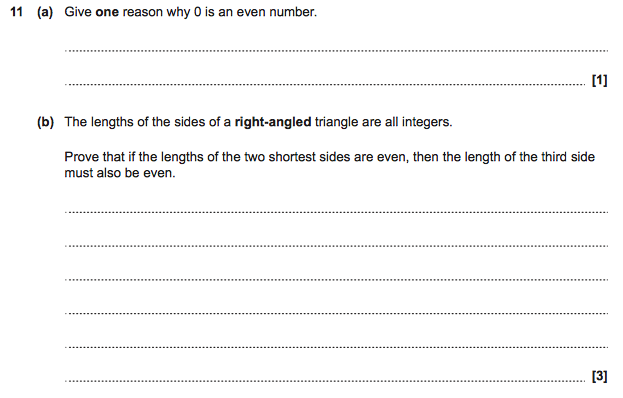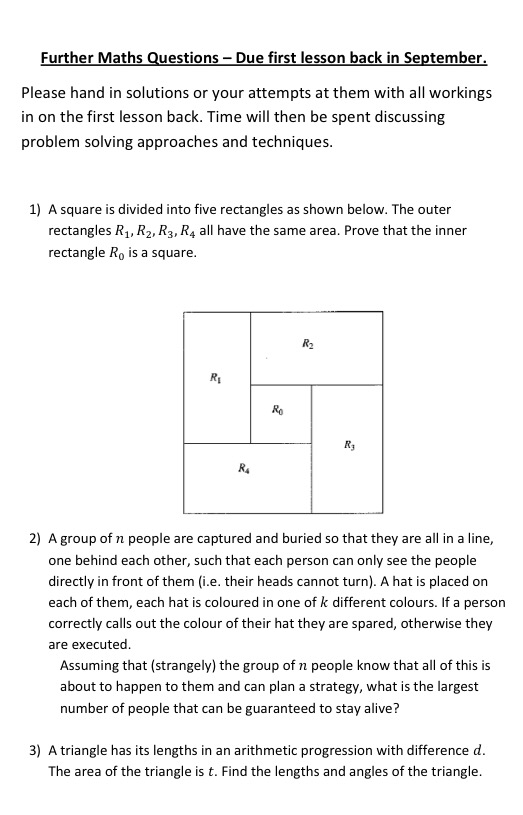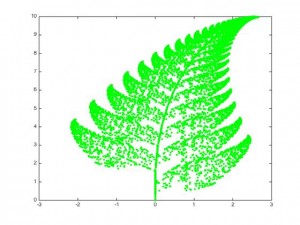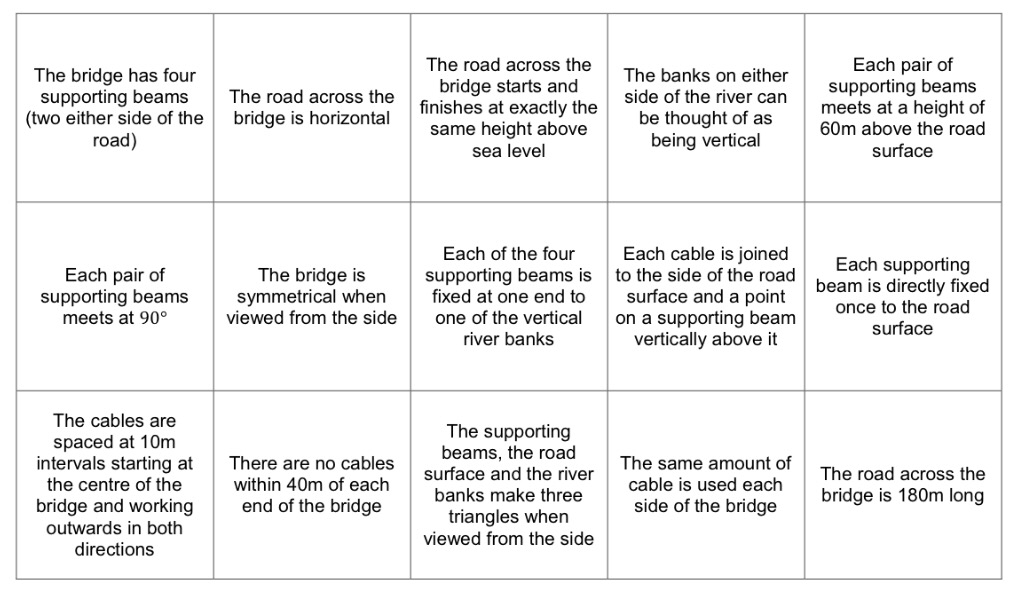Negative numbers are one of the topics that I find hard to explain. I think one of the reasons is that for us teachers they just make sense – I certainly can’t remember finding them confusing at school myself.
When I’m talking about them at school I often use the usual analogies – money (debts and credits), temperature, positional analogies on a number line etc. Whilst these seem to help with addition and subtraction of negative numbers, multiplication is harder to explain. Using the debts and credits analogy seems to help explain the multiplication of a negative number by a positive number: for example if I associate a debt with a negative number and I have a debt of 20, then it makes sense that if I have 3 of these debts then my total debt is 60, that is, \(-20 \times 3 = -60\). However this analogy doesn’t seem to help when explaining why \(-20 \times -3 = 60\). I quite often end up talking about position on a number line, and a negative number being a direction to the left (a positive number being a direction to the right) and a negative sign indicating a change of direction – but I really don’t find this satisfactory.
Of course, in reality this property of negative numbers can be explained by saying that negative numbers need to satisfy all the algebraic rules of the positive numbers – associativity, commutativity and the distributive property (plus the existence of a multiplicative inverse, namely 1). And so, considering the following sum where we evaluate what is inside the brackets first:
\( -20 \times (-3 + 3) = -20 \times 0 = 0 \)
But of course we can use the distributive property to also say that
\(\begin{align} 0 &= -20 \times (-3+3) \\ &= (-20 \times -3) + (-20 \times 3) \end{align} \)
Having already convinced ourselves that \(-20 \times 3 = -60 \), then by virtue of addition \(-20 \times -3 \) must be \(60\). This of course can be generalised.
My only issue is that this doesn’t really seem an ideal way to explain it to someone first coming across negative numbers. I’m really interested to hear how you explain this….
 There is quite a lot of text in this sheet, but I went through it relatively slowly giving plenty of time for them to question and think things through themselves – the session got a good response from the students. Note that I did not necessarily discuss things in the ofder that they appear on the sheet.
There is quite a lot of text in this sheet, but I went through it relatively slowly giving plenty of time for them to question and think things through themselves – the session got a good response from the students. Note that I did not necessarily discuss things in the ofder that they appear on the sheet. 





